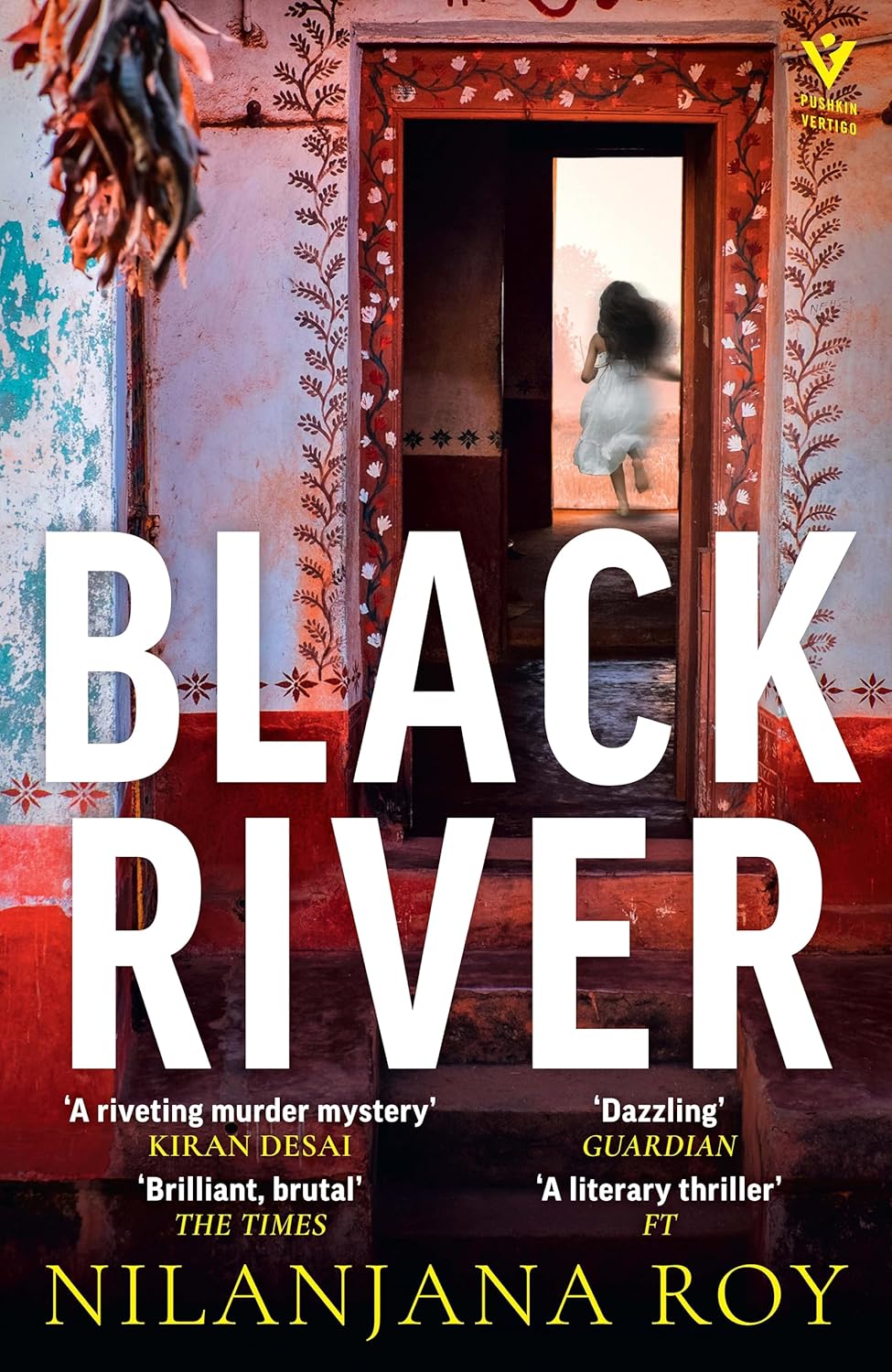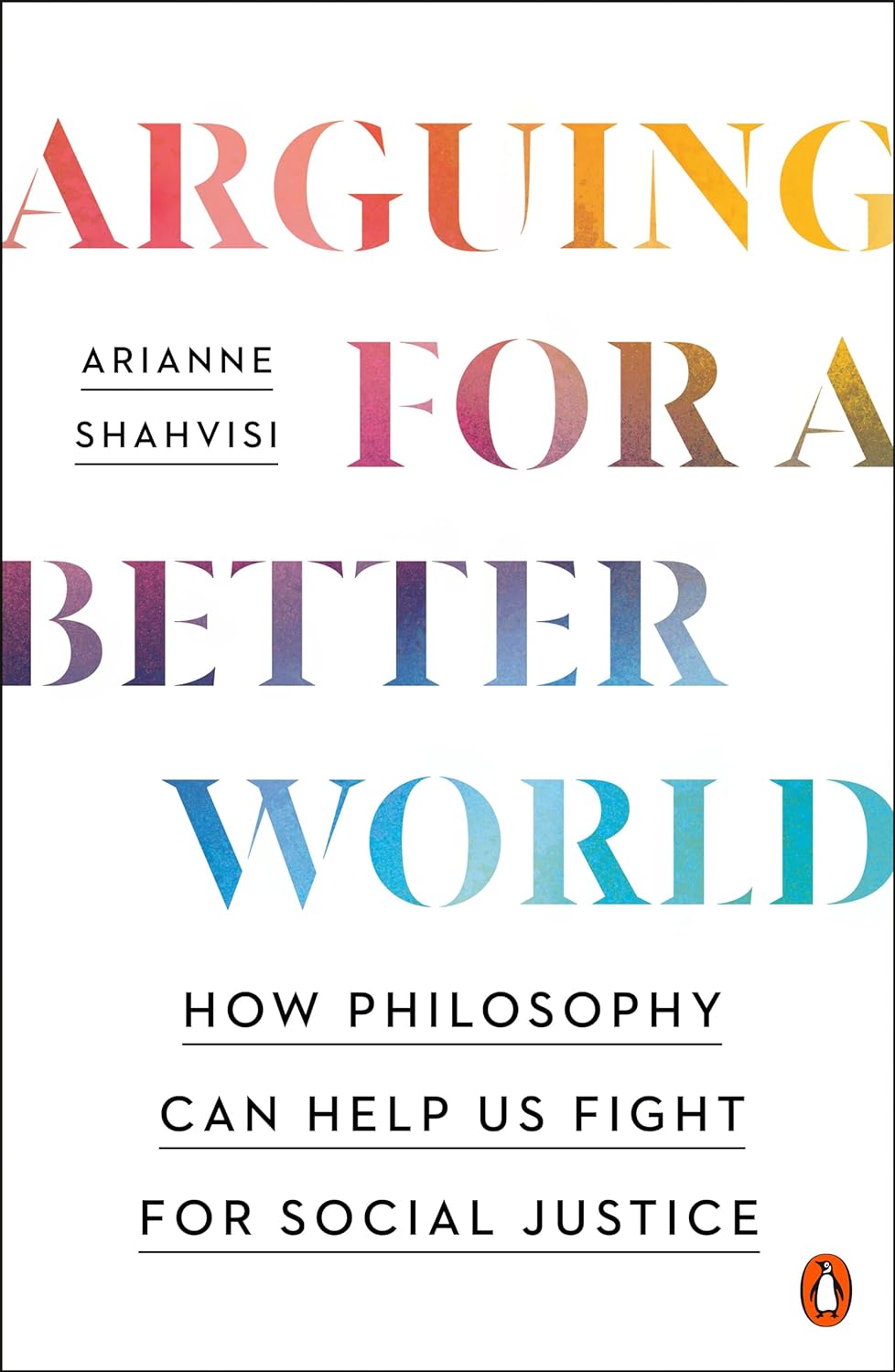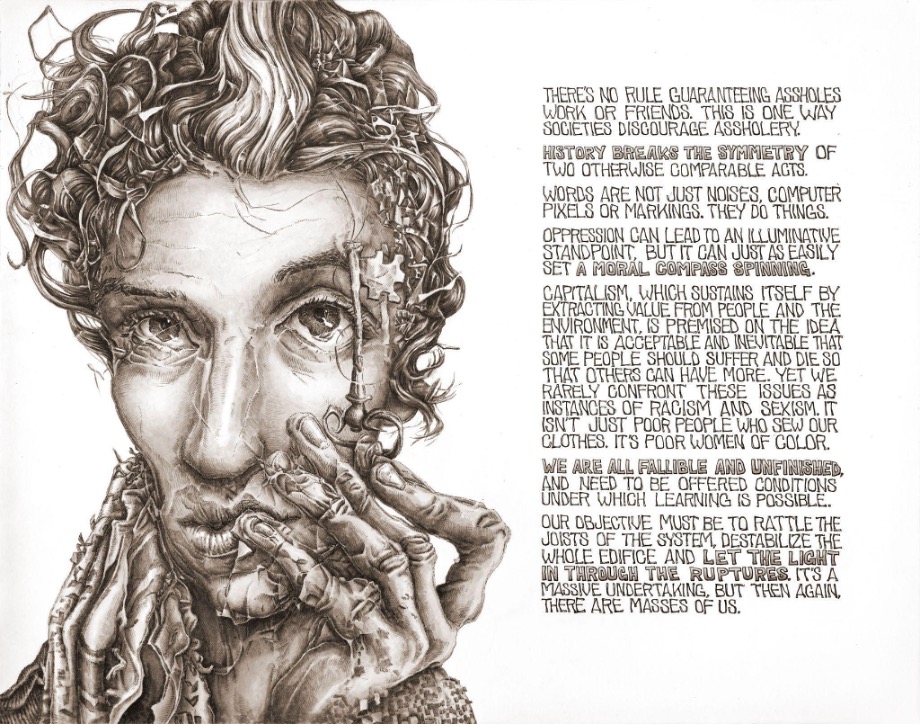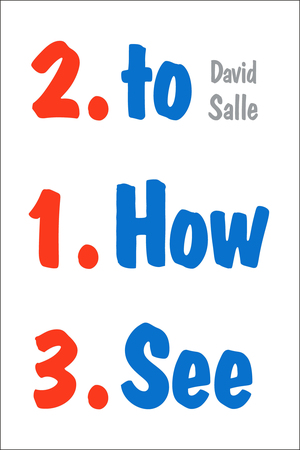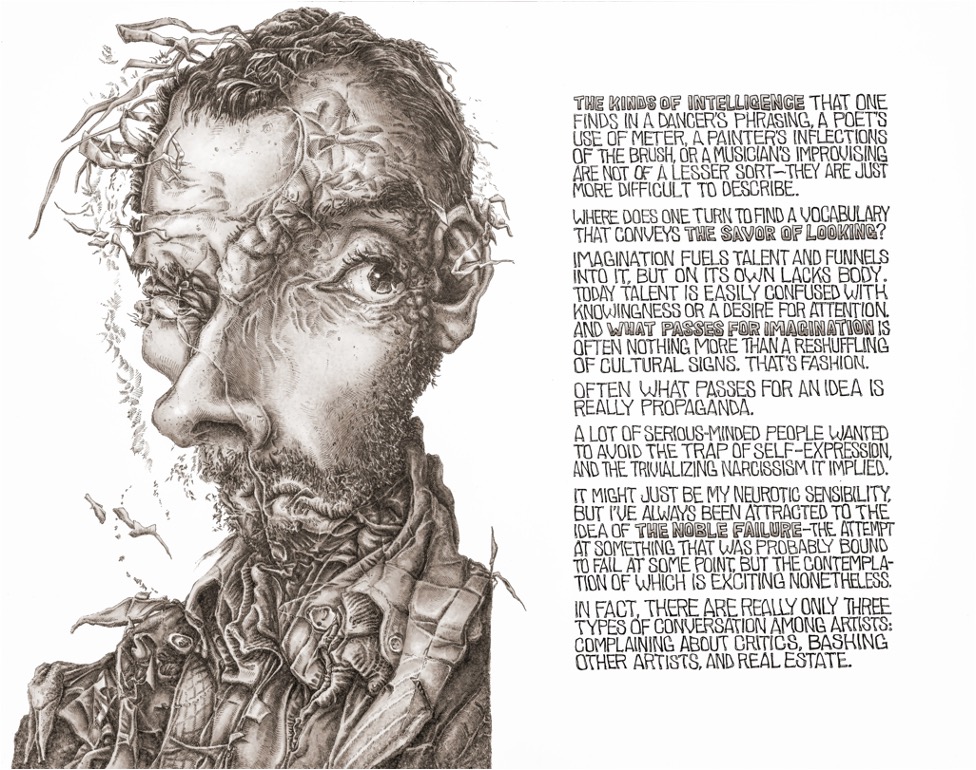Nilanjana Roy
Pushkin Vertigo ($17.95)
“What writers like Toni Morrison, and perhaps writers like me, are looking at is not who is the killer but the question of where does that rot come from?”
—Nilanjana Roy, Scroll.in Interview
The emergence of noir in the 1940s marked a particular shift of America’s outlook—the term described not only an artistic aesthetic, but the dark tone of post-war pessimism and societal nihilism toward corruption and crime. This is the tradition from which Indian author Nilanjana Roy’s new crime novel Black River flows. In Roy’s capable hands, the book transcends genre to deliver a study of grief and an affectionate portrait of friendship, but typical of noir, an undercurrent of social commentary runs deep. Roy’s decades as a columnist, journalist, editor, and cultural critic have been widely appreciated in India, and her work on religion, caste, and gender have converged to mark a particular shift of the country’s outlook.
Black River opens in a small fictional village downstream from Delhi. We spend just enough time in the tender conversations of eight-year-old Munia and her father Chand to feel the real weight of grief when the girl’s body is found dangling from a tree branch. The stage is set with the heartbroken father, the local thug, the village bigwig, and the cynical detective and his sidekick, all of whom immediately suspect the local batty homeless man. Mansoor is the first to find the child; even more incriminating, he is Muslim in a predominantly Hindu region. The rising threat of mob justice creates a ticking clock for the detective torn between easily closing the case and sensing that the half-coherent suspect is telling the truth: “His years in the police have not convinced him that there is much justice in the universe, or that it is his job to commit acts of justice. But he does not like deceit. He does not like loose ends.”
Roy leans into the hard-boiled tone and pace from the outset, but once the characters are established and the investigation has begun, the story shifts gears, rewinding the timeline to offer a portrait of Chand many years before this tragedy. As a young man, Chand eschews his father’s farm and travels to the city for a different life. Delhi would never have been called rustic, but at the very least, these are simpler times. He finds work as a butcher and lives along the Yamuna riverside with his best friend and his best friend’s wife; Khalid and Rabia are Muslim and on their own itinerant journeys, but the three of them find more common ground in the trenches of poverty than they lose over their differing religious backgrounds. We’re shown a difficult era met with friendship and communal struggle: “The music, those tunes—they bring back the old days, a time when my village did not feel the need to separate us into insiders and outsiders.”
If the flashback is played primarily for nostalgic contrast, it’s also important for showing us the origin of an enduring friendship. When we return to the present to pick up the police investigation, we return as well to Chand’s despair, and the balm for this bereavement comes in his rekindled communication with Rabia. This warmest part of the book holds space for the kind of affection and understanding that can only be traded by old friends. When Chand’s loss leads to his inability to imagine a future for himself, Rabia becomes the sage: “Maybe after some time you will know for sure if this is what you want, but at least get to the end of the first season of grieving.”
Rabia’s own story traces Muslim footprints in the shifting sands of India’s religious friction. When her son is to be married, a gang of Hindu nationalists taunt the wedding party with a banner that reads “India for True Indians.” As her family weighs options, their conversation digs at the systemic rot emboldening fundamentalists with less to gain from de-escalation or compromise. Rabia remembers the leader of this gang when he was a young reluctant student: “The thin, insecure boy who hid his uncertainties behind a screen of aggression had grown into this belligerent man.” Whether the antagonism is abated by cunning or pacification, the nationalists insist, “Some day, this side, that side won’t matter. It will all be ours.”
In general, blurbs are the hyperbole of the marketplace–especially when so bold as to proclaim a book “an elegy for India.” But in this case, the phrase points to what separates Black River from many other police procedurals out there: Roy’s commitment to cultural critique. She never lets it get in the way of a fast-paced noir whodunnit, but instead conjures a vital parallel layer. When the detective questions the town manager about the town’s wealthy patriarchs, the manager responds that the father was regarded as a man who “for every factory he built, every company he started, he also built schools, free clinics, shelters for cows, buffaloes, and retired tonga horses.” On the other hand, the son is out posting signs at the village edge declaring “No Muslims.” The legacies of father and son bely the more subtle mystery at the heart of Roy’s noir tale: What has happened to our country in a single generation? Or as Roy puts it, “If this is normal now, what will normal be for all of us tomorrow?”
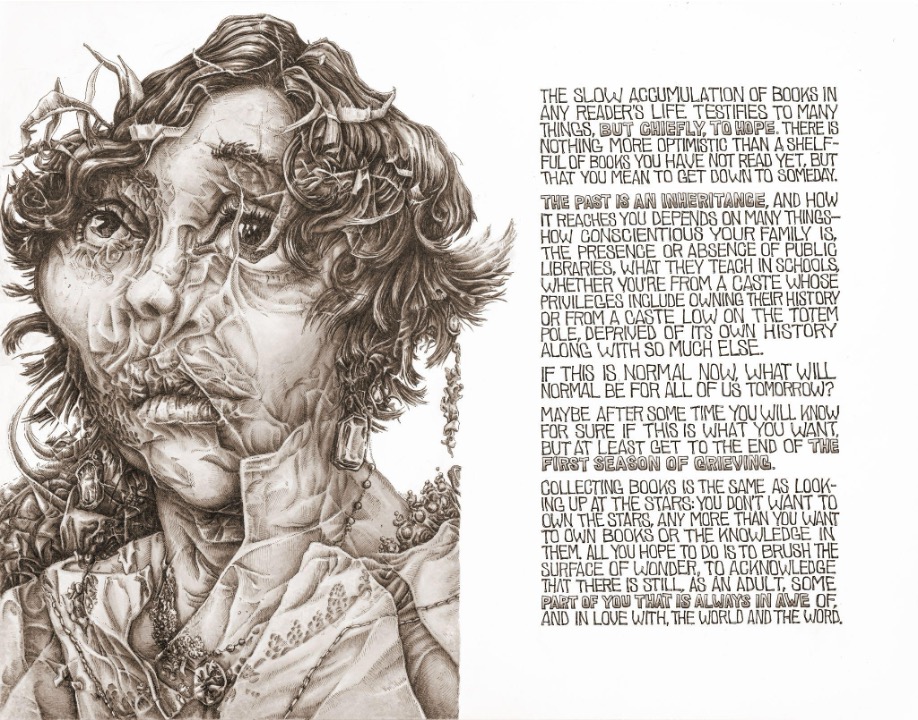
Click below to purchase this book through Bookshop and support your local independent bookstore:
Rain Taxi Online Edition Winter 2024-2025 | © Rain Taxi, Inc. 2025

